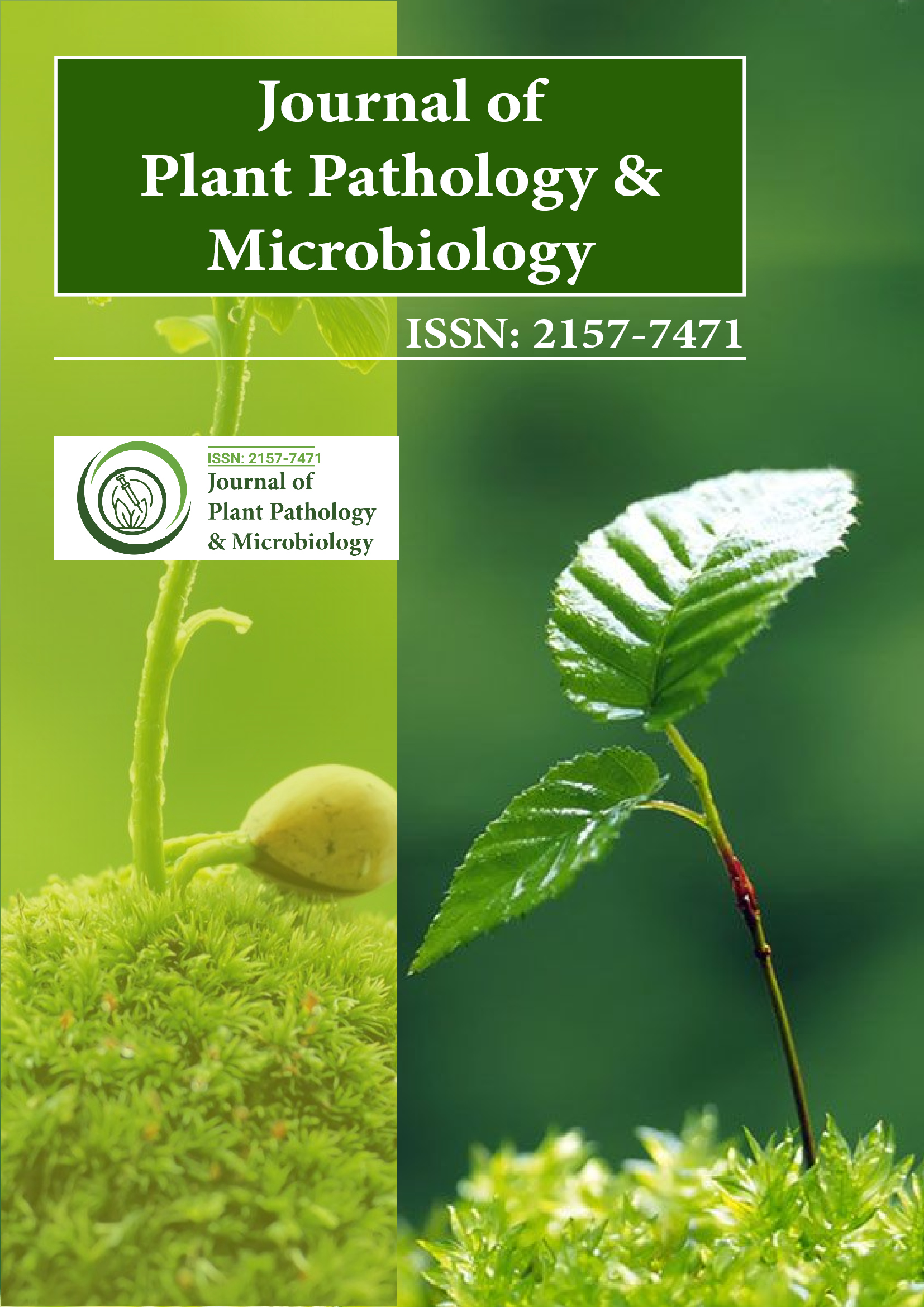Indiziert in
- Öffnen Sie das J-Tor
- Genamics JournalSeek
- Akademische Schlüssel
- JournalTOCs
- CiteFactor
- Ulrichs Zeitschriftenverzeichnis
- Zugang zu globaler Online-Forschung in der Landwirtschaft (AGORA)
- Elektronische Zeitschriftenbibliothek
- Zentrum für Landwirtschaft und Biowissenschaften International (CABI)
- RefSeek
- Verzeichnis der Indexierung von Forschungszeitschriften (DRJI)
- Hamdard-Universität
- EBSCO AZ
- OCLC – WorldCat
- Gelehrtersteer
- SWB Online-Katalog
- Virtuelle Bibliothek für Biologie (vifabio)
- Publons
- Genfer Stiftung für medizinische Ausbildung und Forschung
- Euro-Pub
- Google Scholar
Nützliche Links
Teile diese Seite
Zeitschriftenflyer

Open-Access-Zeitschriften
- Allgemeine Wissenschaft
- Biochemie
- Bioinformatik und Systembiologie
- Chemie
- Genetik und Molekularbiologie
- Immunologie und Mikrobiologie
- Klinische Wissenschaften
- Krankenpflege und Gesundheitsfürsorge
- Landwirtschaft und Aquakultur
- Lebensmittel & Ernährung
- Maschinenbau
- Materialwissenschaften
- Medizinische Wissenschaften
- Neurowissenschaften und Psychologie
- Pharmazeutische Wissenschaften
- Umweltwissenschaften
- Veterinärwissenschaften
- Wirtschaft & Management
Abstrakt
Vorstudien zu zwei Viren, die zwei Wildpflanzen infizieren: Talinum triangulare (Jacq) Willd und Desmodium tortuosum (SW) DC in Samaru, Zaria, Bundesstaat Kaduna
Daudu OAY, Yusuf L, Abejide DR, Busari J und Adeniyi K
Um alternative Wirte für Viruserkrankungen der Augenbohne in der Gegend von Zaria zu finden, wurden zwei Symptome einer Viruserkrankung an zwei Wildpflanzen beobachtet, die am Rand eines Versuchsfelds in der Abteilung für Biowissenschaften der Ahmadu Bello University in Zaria nebeneinander wuchsen. Das aus Talinum triangulare isolierte Virus erwies sich in allen verwendeten Puffern mit unterschiedlichen Molaritäten und pH-Werten als nicht durch Saft übertragbar; jedoch erwies sich das Virus bei T. triangulare als übertragbar durch Samen und auch durch Pfropfen auf gesund aussehende Setzlinge von Vigna unguiculata var. IAR-01-1006. Auch bei mit Weißen Fliegen (Bemisia tabaci) beimpften Setzlingen der Testpflanzen wurden keine Symptome beobachtet. Das aus Desmodium tortuosum isolierte Virus erwies sich jedoch als über Saft auf gesund aussehende Setzlinge von D. Tortuosum sowie auf mehrere andere Pflanzenkrankheiten, insbesondere auf Mitglieder der Familie Fabaceae, übertragbar. Bei Chenopodium amaranticolor wurden lokale chlorotische Läsionen beobachtet. 0,1 M Phosphatpuffer, pH 7,4 erwies sich als geeignet zur Isolierung und Reinigung des Virus in D. tortuosum. Die vorliegende Studie hat auch etwas Licht auf den möglichen Vermehrungswirt (V. unguiculata var. IAR-01-1006) für das T. triangulare-Virusisolat sowie auf einen Vermehrungs- und Testwirt (V. unguiculata var. IAR-01-1009 und C. amaranticolor) für das D. tortuosum-Virusisolat geworfen. Die erhaltenen Ergebnisse legen nahe, dass die bei den beiden Wildpflanzen beobachteten Symptome durch zwei verschiedene Virusisolate hervorgerufen wurden. Es wird daher empfohlen, weitere Studien, beispielsweise mit molekularen und immunologischen Techniken, durchzuführen, um mehr über die Eigenschaften dieser Viren zu erfahren und Kontrollmaßnahmen zu entwickeln, da sich die Viren als potenzielle Bedrohung für einige der wichtigsten Leguminosae-Nutzpflanzen im untersuchten Gebiet erwiesen haben.